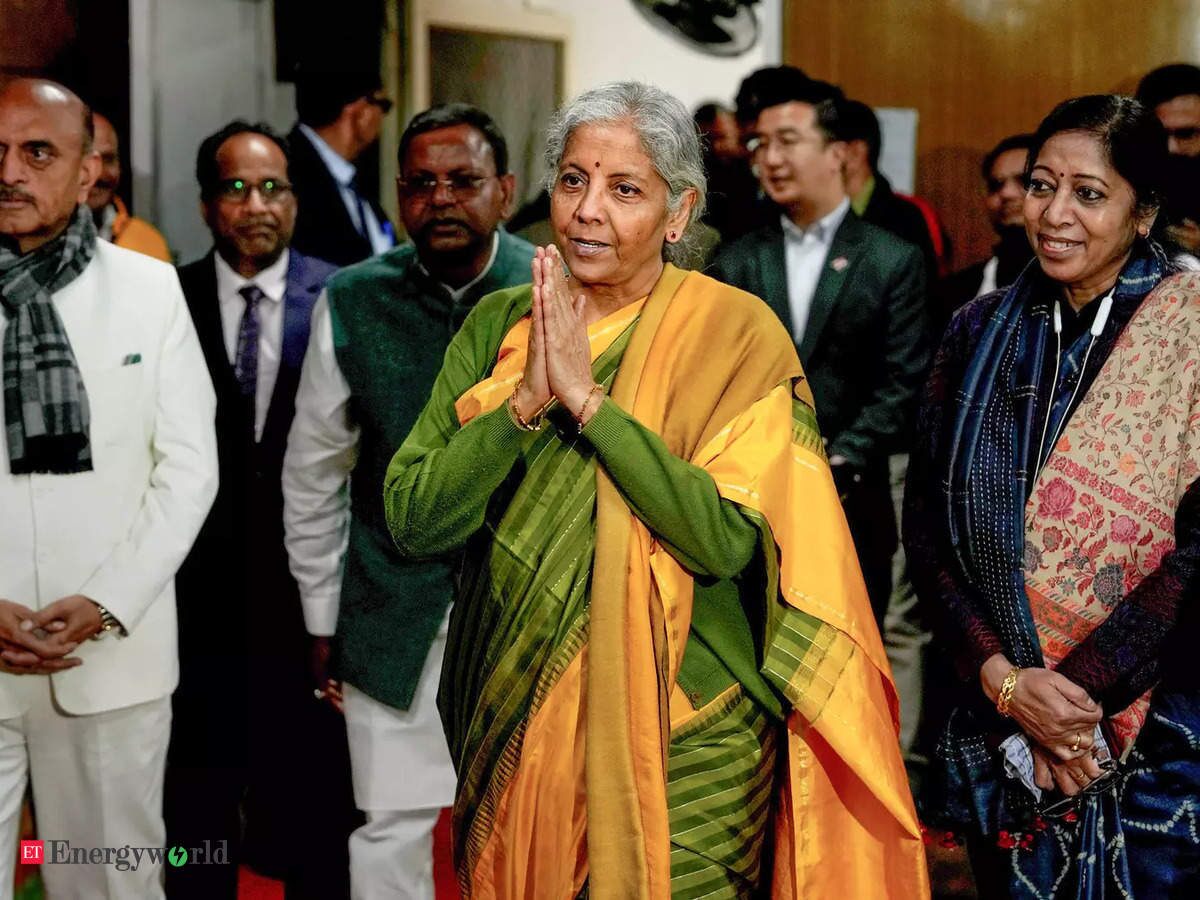Live Classes

Finance Minister Nirmala Sitharaman’s latest Budget is noteworthy for the emphasis she has laid on the government’s commitment to move towards net-zero carbon emission by 2070. As an article presented at the World Economic Forum’s Annual Meeting in Davos last month notes, India holds the key to hitting global climate change targets given its sizeable and growing energy needs.
Promote Green Energy
With the country’s population set to overtake China’s some time this year, India’s appetite for energy to propel the economy is set to surge exponentially. The transition to green alternatives from the current reliance on fossil fuels is therefore an urgent imperative and an opportunity to leverage this move to catalyze new industries, generate jobs on a sizeable scale, and add to overall economic output. In a nod to this, Budget 2023-24 devoted a fair amount of space to the green industrial and economic transition needed.
Role of Electric Vehicles (EV)
With the electric vehicle (EV) revolution poised to take off as every automobile major rolls out new EV models to tap demand, the availability of indigenously produced lithium-ion batteries has become a necessity, especially to lower the cost of EVs. The Budget hearteningly proposes to exempt customs duty on the import of capital goods and machinery required to manufacture lithium-ion cells used in EV batteries. This ought to give a fillip to local companies looking to set up EV battery plants.
Battery Energy Storage Systems
Another key proposal relates to the establishment of a viability gap funding mechanism to support the creation of battery energy storage systems with a capacity of 4,000 MWh. Energy storage systems are crucial in power grid stabilisation and essential as India increases its reliance on alternative sources of power generation including solar and wind.
With wind turbine farms and solar photovoltaic projects characteristically producers of variable electric supply, battery storage systems become enablers of ensuring the electricity these generators produce at their peak output is stored and then supplied to match the demand arriving at the grid from household or industrial consumers.
Ladakh as an ideal destination for Solar Energy
Ms. Sitharaman also set aside a vital ?8,300 crore towards a ?20,700 crore project for building an inter-State transmission system for the evacuation and grid integration of 13 GW of renewable energy from Ladakh. With its vast stretches of barren land and one of the country’s highest levels of sunlight availability, Ladakh is considered an ideal location to site photovoltaic arrays for producing a substantial capacity of solar power.
The transmission line will help address what had so far been the hurdle in setting up solar capacity in the region, given its remoteness from India’s main power grid.
What are Electric Vehicles (EV)?
An EV is defined as a vehicle that can be powered by an electric motor that draws power from a battery and is capable of charging from an external source.
An electric vehicle can be powered by means of a self-contained battery, solar panels, or an electric generator to convert fuel into electricity.
Efforts on electric vehicles (EV) in India
Electric Vehicles and Net Zero Emissions
Download pdf to Read More